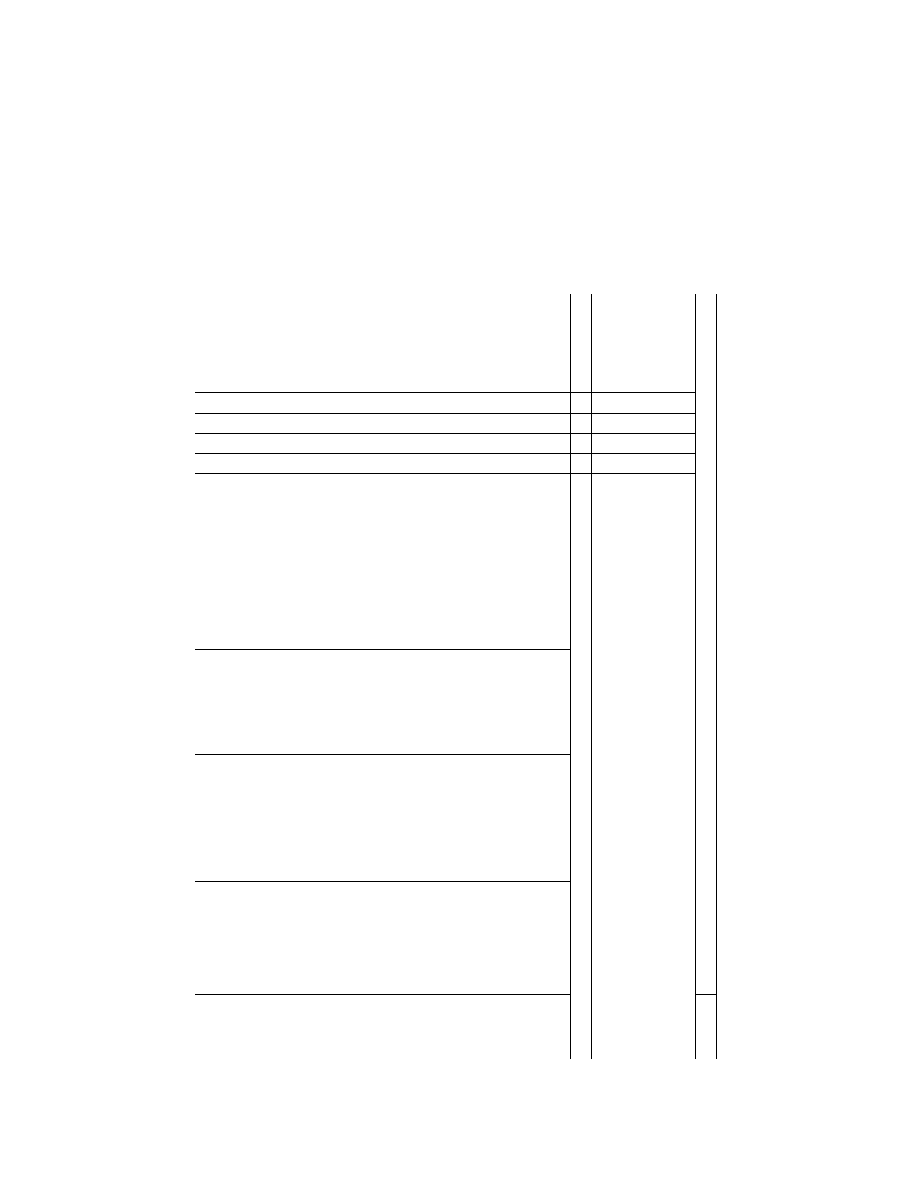
71
Federal Aviation Administration, DOT
Pt. 60, App. A
..................
The visible segment in the
simulator must be
±
20%
of the segment computed
to be visible from the air-
plane flight deck. This tol-
erance may be applied at
the far end of the dis-
played segment. However,
lights and ground objects
computed to be visible
from the airplane flight
deck at the near end of
the visible segment must
be visible in the simulator.
Landing configuration,
with the aircraft
trimmed for the ap-
propriate airspeed,
where the MLG are
at 100 ft (30 m)
above the plane of
the touchdown zone,
while on the elec-
tronic glide slope
with an RVR value
set at 1,200 ft (350
m).
The QTG must contain appropriate cal-
culations and a drawing showing the
pertinent data used to establish the
airplane location and the segment of
the ground that is visible considering
design eyepoint, the airplane attitude,
flight deck cut-off angle, and a visibility
of 1200 ft (350 m) RVR. Simulator
performance must be measured
against the QTG calculations. The
data submitted must include at least
the following:.
(1) Static airplane dimensions as follows:
(i) Horizontal and vertical distance from
main landing gear (MLG) to glideslope
reception antenna.
(ii) Horizontal and vertical distance from
MLG to pilot’s eyepoint.
(iii) Static flight deck cutoff angle.
(2) Approach data as follows:
(i) Identification of runway.
(ii) Horizontal distance from runway
threshold to glideslope intercept with
runway.
(iii) Glideslope angle.
(iv) Airplane pitch angle on approach.
(3) Airplane data for manual testing:
(i) Gross weight.
(ii) Airplane configuration.
(iii) Approach airspeed. If non-homoge-
nous fog is used to obscure visibility,
the vertical variation in horizontal visi-
bility must be described and be in-
cluded in the slant range visibility cal-
culation used in the computations.
X X X X
Pre-position
for
this
test is encouraged
but may be achieved
via manual or auto-
pilot control to the
desired position.
5. Sound System.
The sponsor will not be required to repeat the airplane tests (i.e., tests 5.a.1. through 5.a.8. (or 5.b.1. through 5.b.9.) and
5.c., as appropriate)
during continuing qualification evaluations if frequency response and background noise test results are within tolerance when c
ompared to
the initial qualification evaluation results, and the sponsor shows that no software changes have occurred that will affect the
airplane test re-
sults. If the frequency response test method is chosen and fails, the sponsor may elect to fix the frequency response problem a
nd repeat the
test or the sponsor may elect to repeat the airplane tests. If the airplane tests are repeated during continuing qualification
evaluations, the re-
sults may be compared against initial qualification evaluation results or airplane master data. All tests in this section must
be presented using
an unweighted
1
⁄
3
-octave band format from band 17 to 42 (50 Hz to 16 kHz). A minimum 20 second average must be taken at the location
corresponding to the airplane data set. The airplane and flight simulator results must be produced using comparable data analys
is tech-
niques..
5.a.
................
Turbo-jet airplanes.
VerDate Mar<15>2010
20:48 Jan 30, 2014
Jkt 232047
PO 00000
Frm 00081
Fmt 8010
Sfmt 8002
Q:\14\14V2.TXT
ofr150
PsN: PC150